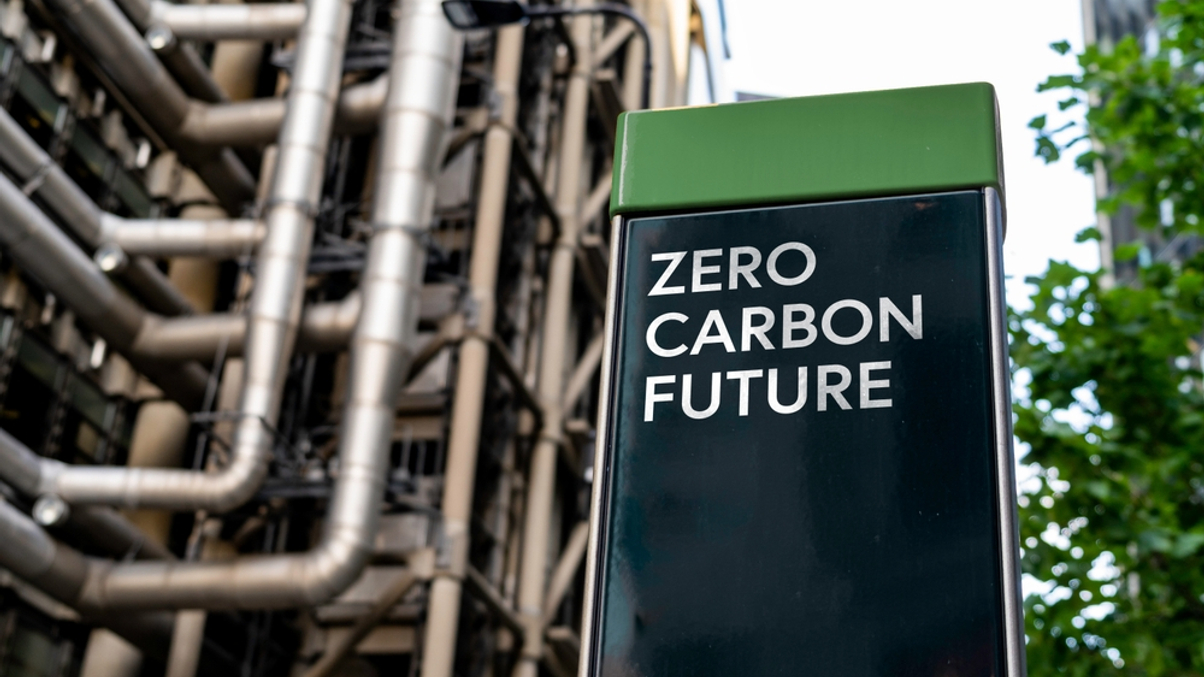Temasek-backed Pentagreen eyes zero-carbon infra projects
Temasek and HSBC-backed Pentagreen Capital is actively looking at low or zero-carbon infrastructure projects in Southeast Asia and South Asia to implement its remit to finance marginally bankable projects.

Pentagreen Capital is setting its sights on zero-carbon infrastructure projects in renewable energy, energy storage, sustainable transportation, water, waste treatment, and the circular economy, according to CEO Marat Zapparov.
Sign In to Your Account
Access Exclusive AsianInvestor Content!
Please sign in to your subscription to unlock full access to our premium AI resources.
Free Registration & 7-Day Trial
Register now to enjoy a 7-day free trial—no registration fees required. Click the link to get started.
Note: This free trial is a one-time offer.
¬ Haymarket Media Limited. All rights reserved.


